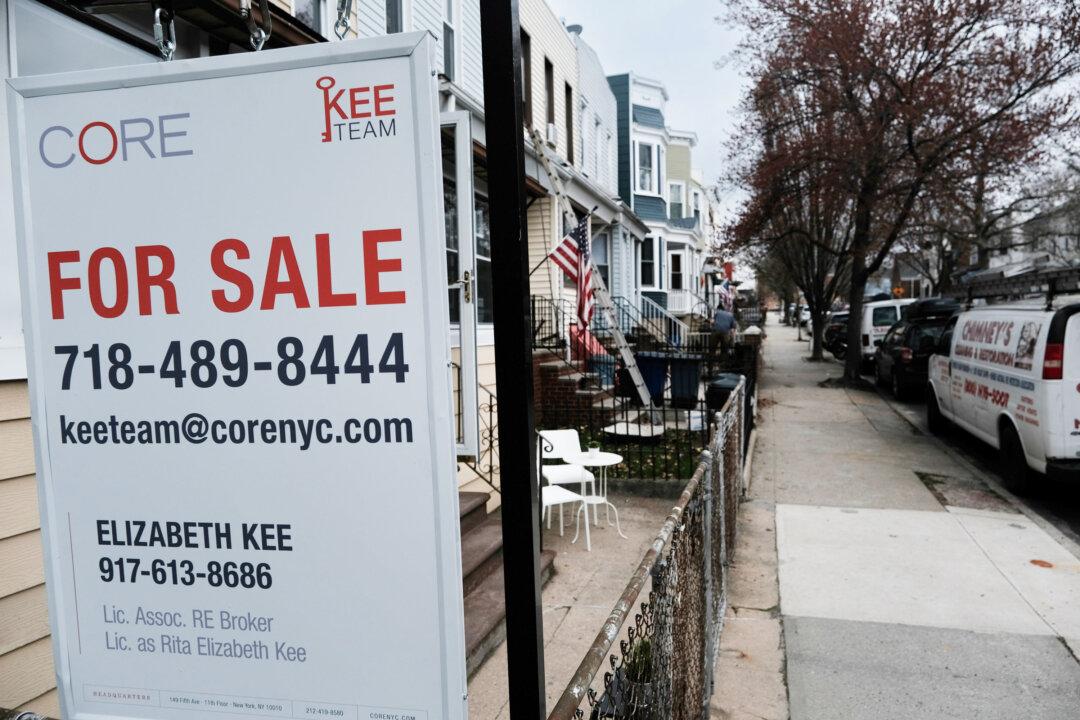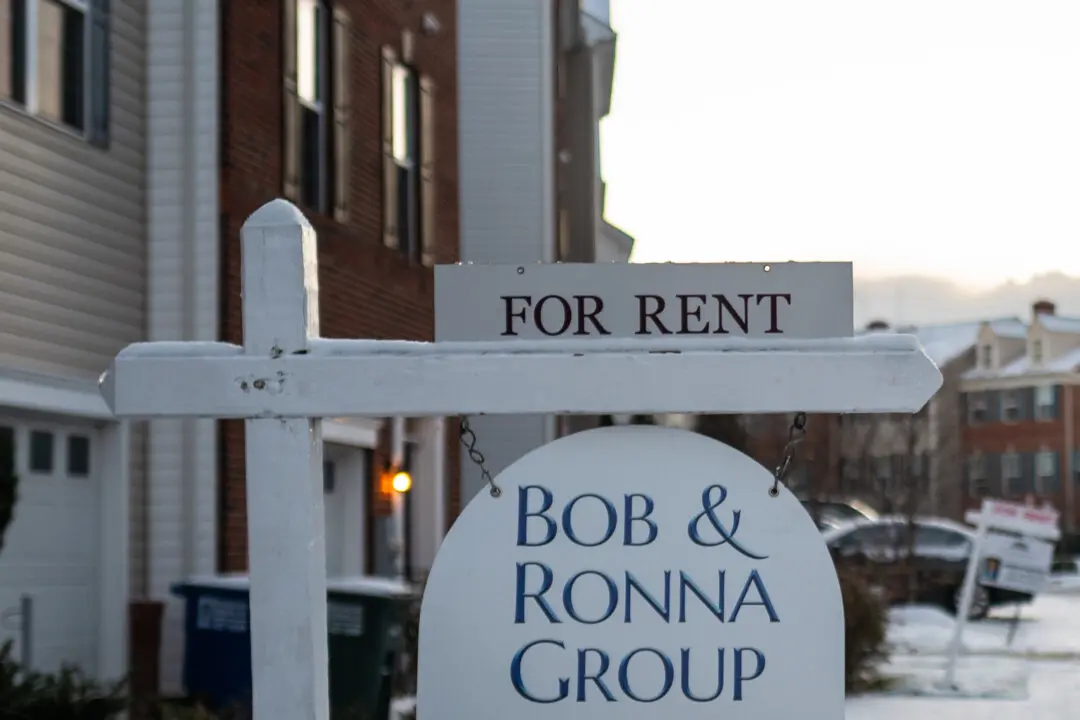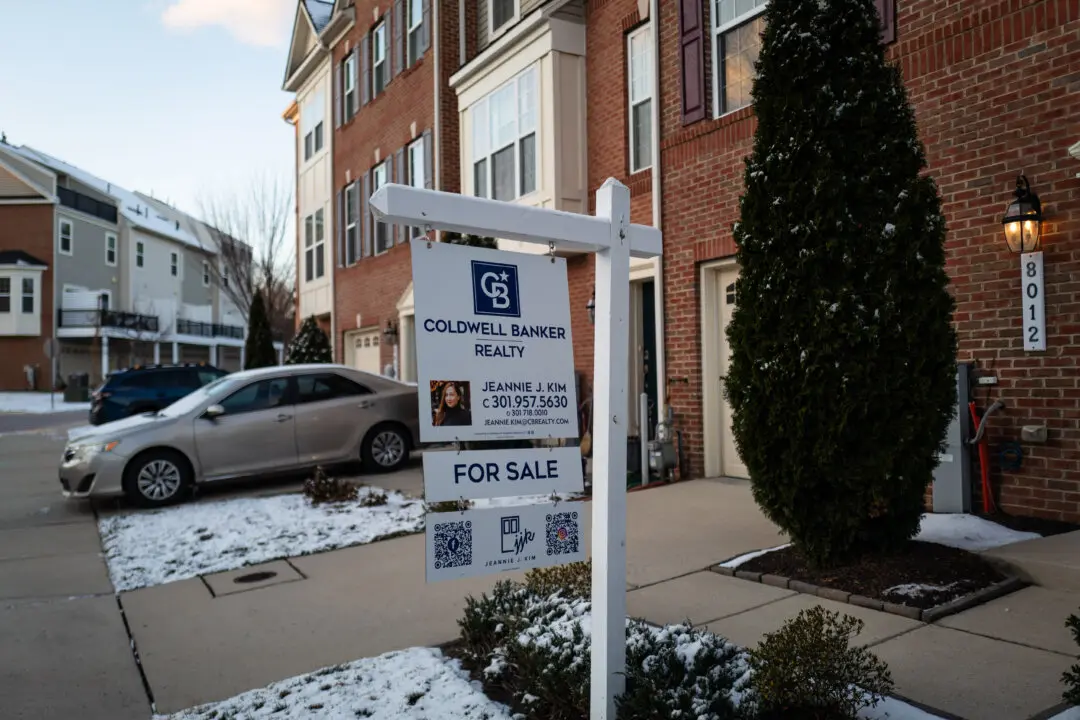Down payments made by homebuyers have increased by almost 25 percent over the past year, with buyers attempting to make as large a down payment as possible to reduce their monthly mortgage payments, according to real estate brokerage Redfin.
“The median down payment for U.S. homebuyers was $55,640 in February,” according to a March 29 press release by Redfin. “That’s up 24.1 percent from $44,850 a year earlier—the largest annual increase in percentage terms since April 2022. The typical homebuyer’s down payment last month [February] was equal to 15 percent of the purchase price, up from 10 percent a year earlier.”





